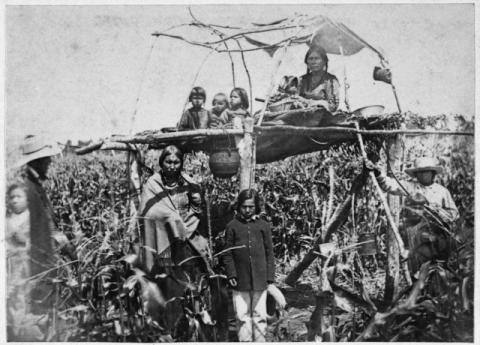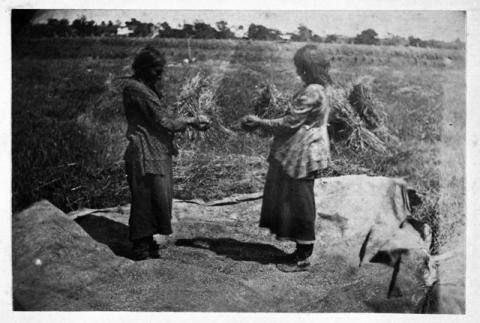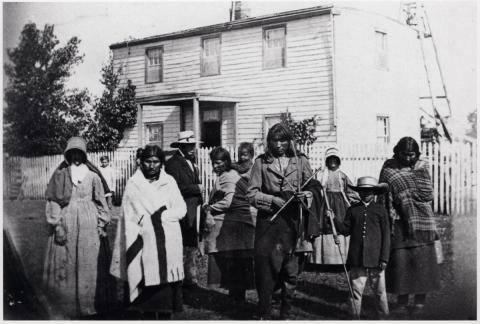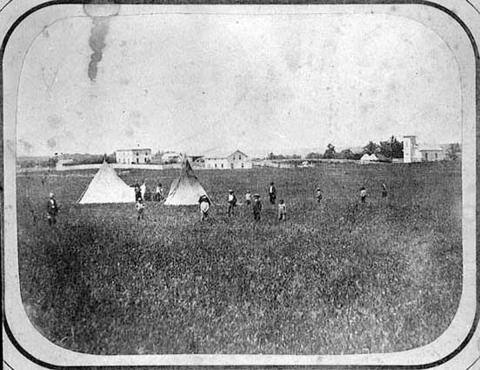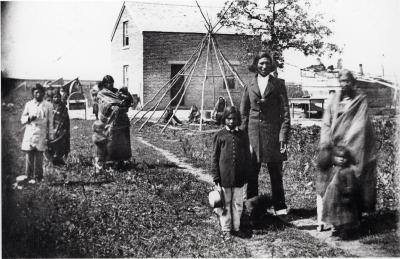 "At the root of everything, factionalism was created when immigrants came to our way of living. And I think this factionalism was destructive to our people."
"At the root of everything, factionalism was created when immigrants came to our way of living. And I think this factionalism was destructive to our people."
Dr. Clifford Canku, Sisseton Wahpeton community of Dakota, 2010
In the centuries before Minnesota became a state, relations between the Dakota and Europeans were integral to the success of the fur trade. Many European fur traders and Dakota people established business and personal relationships that were sustained over generations. As the fur trade dwindled, some traders, including Henry H. Sibley and Philander Prescott in Minnesota, maintained relations with their Dakota friends and family members.
However, for newcomers to Minnesota during the land-rush days of the 1850s and 1860s, there was little incentive to form relationships with the Dakota. Some meaningful cross-cultural friendships developed. But neither group--not the settlers seeking land on which to make a new start, nor the Dakota watching their land base shrink--had much reason to find common ground.
Loss of hunting lands through treaties made the Dakota increasingly dependent on government goods.
The benefits of the Treaty of 1858 applied only to farmers. As the government hoped, it was powerful coercion to acculturate: the government made sure farmers and their families always had food to eat.
Some Dakota became "farmer Indians," following the advice of missionaries to take up both farming and Christianity. Many more responded to the financial inducements offered under the Treaty of 1858 by incorporating features of white culture into their own. Other Dakota people, often called "blanket Indians," continued to follow their traditional way of life and found themselves at odds with the U.S. government, settlers, and other Dakota, which led to greater factionalism within the community. Societies such as the Soldiers' Lodge, a group of traditional Dakota men, hoped to protect the Dakota way of life.


